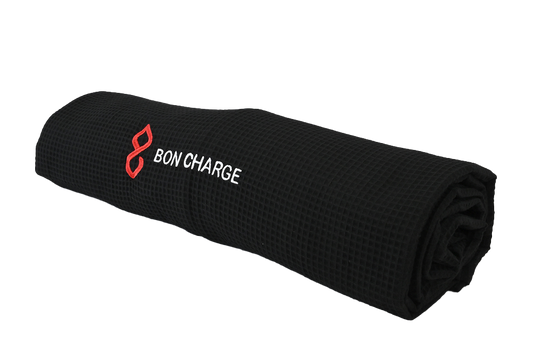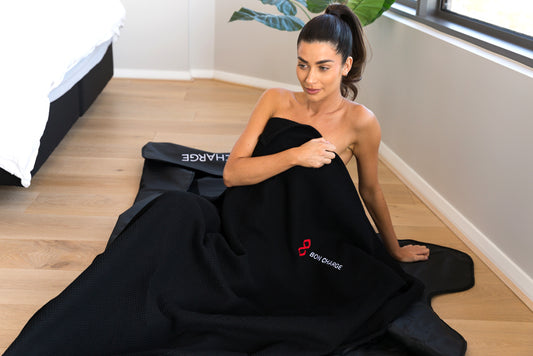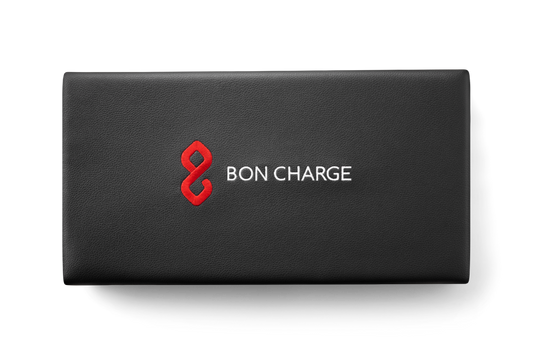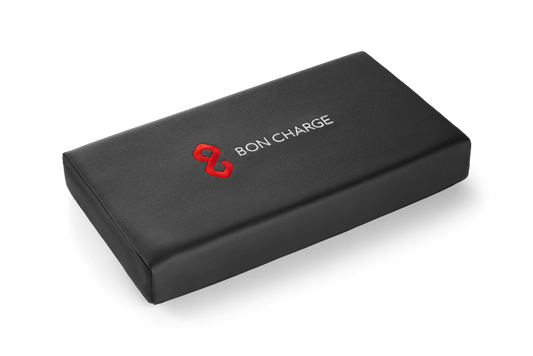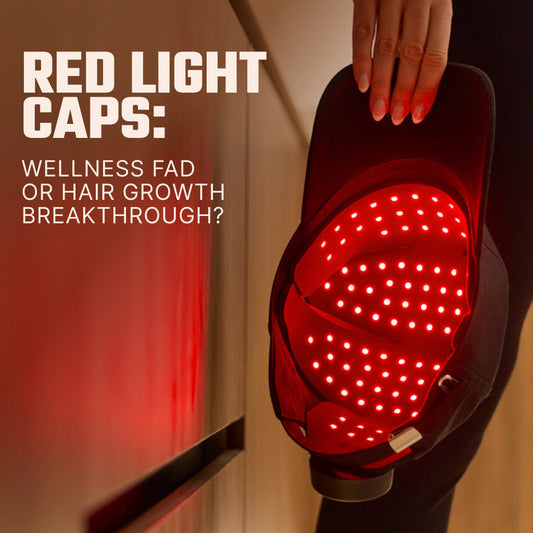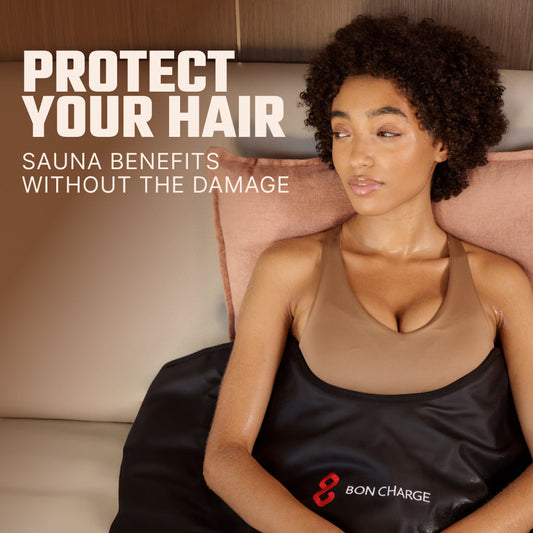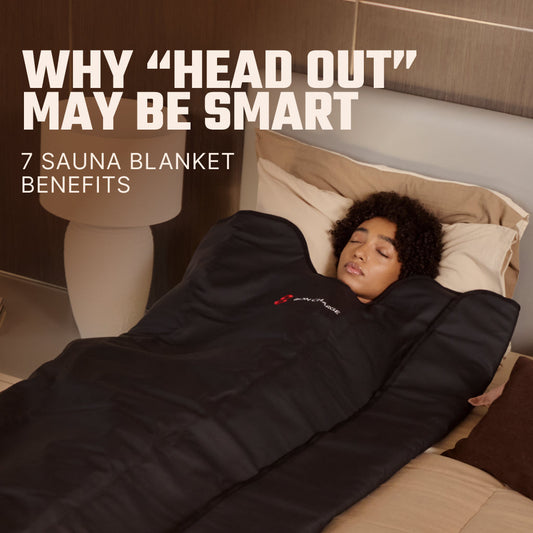Is Sauna Bad for Your Hair? The Truth About Heat Damage - And How to Avoid It
Tahnee Streatfeild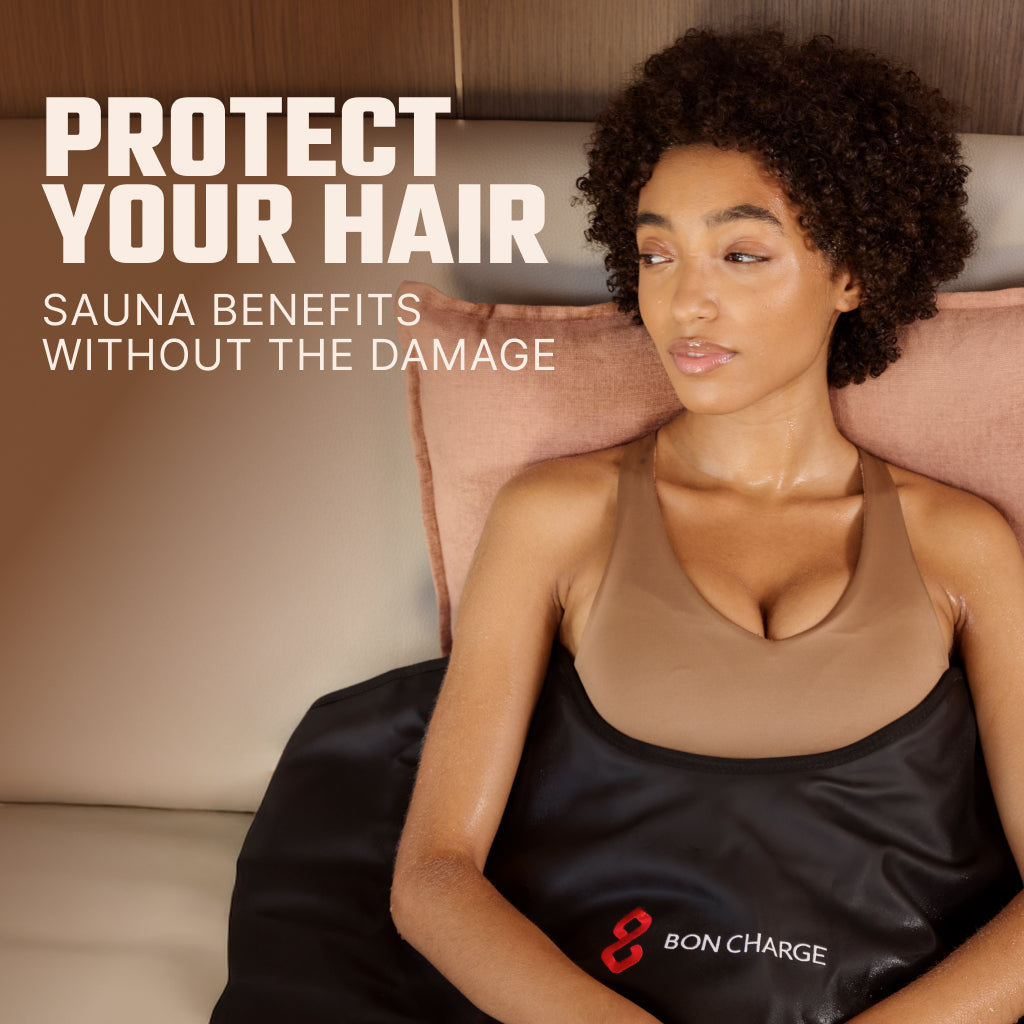
If you’re considering adding sauna sessions to your wellness routine, you’ve probably heard about the benefits — improved whole-body vitality, better recovery, stress relief and more. But one worry keeps coming up: what does all that heat do to your hair? It’s a legitimate question, and the answer is more nuanced than most people realise.
The short answer
Yes — traditional sauna heat can cause hair damage over time. The effect depends on temperature, exposure frequency, hair type and whether hair has been chemically treated. The types of damage reported in research include cuticle damage, protein bond weakening and increased cuticle porosity — all of which can show up later as dryness, frizz or breakage. See the full sources in the References section. (References below)
How heat affects hair — the main mechanisms
- Cuticle damage: The outer protective layer of the hair shaft can be chipped or lifted by repeated heat exposure. While most heat-styling research focuses on very high temperatures, studies suggest ~60°C is a sensible upper limit for drying hair. Saunas typically run hotter (70–100°C), so repeated exposure above 60°C is not recommended. [1]
- Protein bond weakening: Keratin and other structural proteins can denature with consistent heat, weakening elasticity and strength. [1]
- Cuticle porosity changes: Heating and drying cycles can increase porosity, leaving strands prone to breakage — especially on dry or chemically treated hair. [2]
- Scalp sebum changes: Heat may stimulate scalp oil production, which for some people results in greasy, weighed-down hair after sessions. Individual responses vary. [3]
Practical steps to protect your hair in traditional saunas
If you still want to use a traditional sauna, you can reduce risk with simple, practical measures:
- Wear protective headwear. Use a sauna hat or wrap your hair in a damp towel to shield it from direct heat.
- Apply pre-treatment protection. A light oil (coconut or argan) or a leave-in conditioner before the session helps reduce moisture loss. [4]
- Limit session duration. Keep sauna sessions to around 15–20 minutes to reduce prolonged heat exposure.
- Use gentle post-session care. Wash with a shampoo containing mild surfactants and follow with a hydrating conditioner to help restore moisture balance.
- Wait after chemical treatments. If you’ve recently coloured or chemically treated your hair, wait 48–72 hours before using a sauna.
An alternative: infrared saunas and sauna blankets
Infrared saunas use far-infrared wavelengths that heat the body more directly while permitting a lower ambient temperature. That means you get many of the physiological benefits of heat therapy but with much less environmental heat stress on your hair.
Sauna blankets take that convenience a step further: with a blanket you lie down and zip up to your neck, leaving your head outside the heated zone entirely. There’s no need for special hair protocols, no time limits driven by hair concerns, and—critically—your hair experiences negligible environmental heat exposure. Sessions typically range from 20–45 minutes.
Why sauna blankets are practical for most people
- Cost-effective — one-time purchase vs ongoing spa fees or major installations.
- Convenient — use at home, whenever it suits your schedule.
- No preparation required — fewer pre- and post-session steps for hair care.
- Longer sessions possible — because your hair is unaffected, you can comfortably enjoy extended sessions for deeper benefits.
Product note
Not all sauna blankets are created equally. The BON CHARGE Sauna Blanket is positioned as a leading option for low EMF infrared heating with premium materials and temperature-balancing layers, and is recommended by several wellness experts. To view the product information, see: Discover the BON CHARGE Sauna Blanket here.
The bottom line
You can enjoy traditional saunas without necessarily compromising hair health — but you should take pre-session precautions and commit to post-session care, especially if you regularly expose your hair to high temperatures or if your hair is dry/chemically treated. If you want a simpler, lower-risk path to infrared heat benefits, a quality sauna blanket gives you many of the same physiological advantages while keeping your hair completely out of the heated environment.
Remember: the best wellness routine is one you can maintain consistently, without stress or downsides.
References
- Bories, M. F., Martini, M. C., Et, M. F. & Cotte, J. Effects of heat treatment on hair structure. Int. J. Cosmet. Sci. 6, 201–211 (1984).
- Lee, Y. et al. Hair Shaft Damage from Heat and Drying Time of Hair Dryer. Ann. Dermatol. 23, 455–462 (2011).
- Kim, S., Park, J. W., Yeon, Y., Han, J. Y. & Kim, E. Influence of exposure to summer environments on skin properties. J. Eur. Acad. Dermatol. Venereol. JEADV 33, 2192–2196 (2019).
- Kaushik, V. et al. Benefit of coconut-based hair oil via hair porosity quantification. Int. J. Cosmet. Sci. 44, 289–298 (2022).
- BON CHARGE Sauna Blanket — product information and specifications (manufacturer product page).



